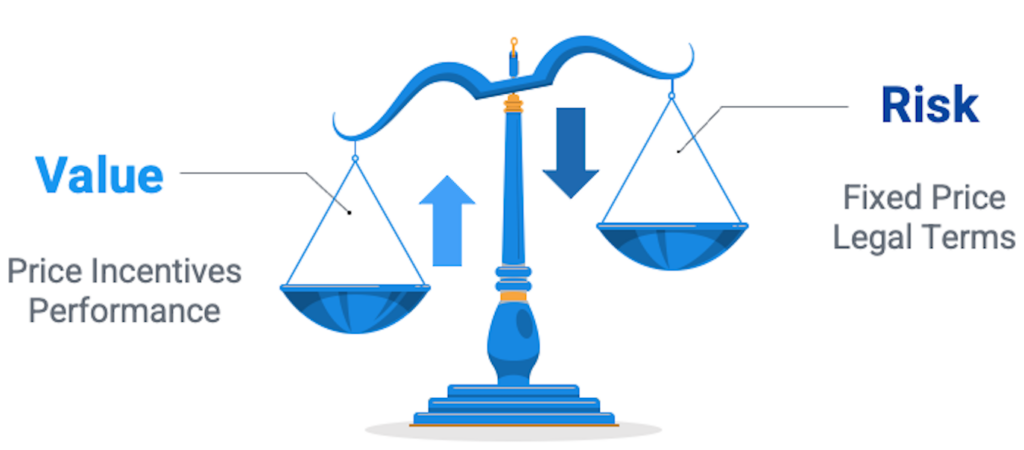Buyers and sellers both aim to increase their gains while reducing their risks. Although these objectives may appear to be contradictory, the objective of negotiations is to create a deal that benefits both businesses.
Items that add value and should take most of the time during negotiations include:
When creating an agreement with a supplier, it is important to include specific details such as dates, locations, and conditions. This should cover how orders will be placed, how the product will be protected during shipment, the types of shipping methods to be used, and any minimum or maximum order requirements. The supplier is responsible for delivering the products on the agreed delivery schedule. If for any reason the supplier is unable to meet the schedule, they must provide written notice to the purchaser explaining the reason(s) and their plan for resolving the issue.
To ensure performance requirements are met, it is important to note the specifications of product or service attributes, as well as which attributes are most important and why. The supplier has agreed to manufacture the product in accordance with ISO regulation certification requirements and will maintain the necessary documentation to meet these regulations.
To ensure quality, the organization must have a management process and performance standards in place. The supplier must comply with any specific standards or registrations required by the purchaser. The supplier also agrees to allow the purchaser’s quality audits at the manufacturing facility upon request and with scheduling approval.
When placing an order, it’s important to include specific details such as the desired quantity, delivery date, and any requirements for standard shipping. The contract may also specify a timeframe for the order, known as the company order period, which typically spans 60 days. Once the purchase order is confirmed by both parties, it is considered a binding contract with agreed-upon quantities and pricing. Suppliers are expected to deliver the specified goods by the agreed date, with a three-day grace period for on-time delivery. This delivery timeline will be used to evaluate the supplier’s performance.
For a partnership to thrive, good communication is essential. Both parties need to establish trust and confidence to ensure that information is openly shared. The contract should outline the frequency and types of routine communication, such as face-to-face meetings, online conferencing, electronic reports, dedicated workstations, intranet sites, and blogs. The purchaser will set up an internet-enabled portal where employees and partners can post daily communication entries and notes to facilitate collaborative planning, forecasting, and replenishment. Regular meetings will be held to review open orders, engineering changes, design issues, production issues, and more.

